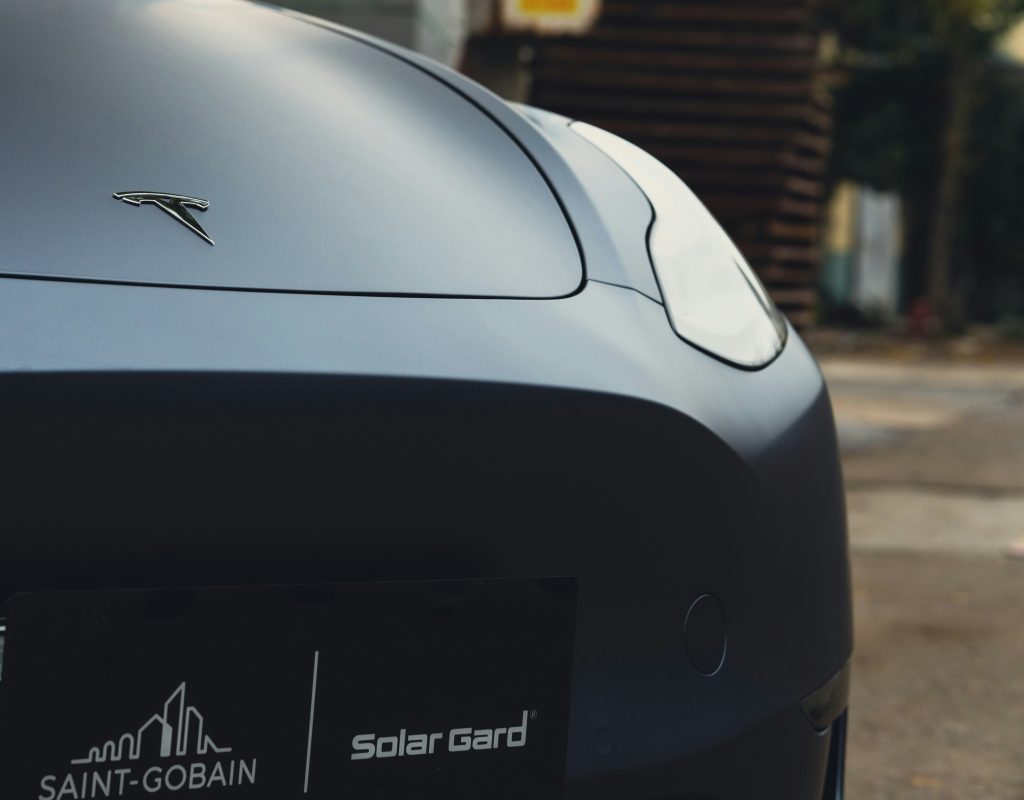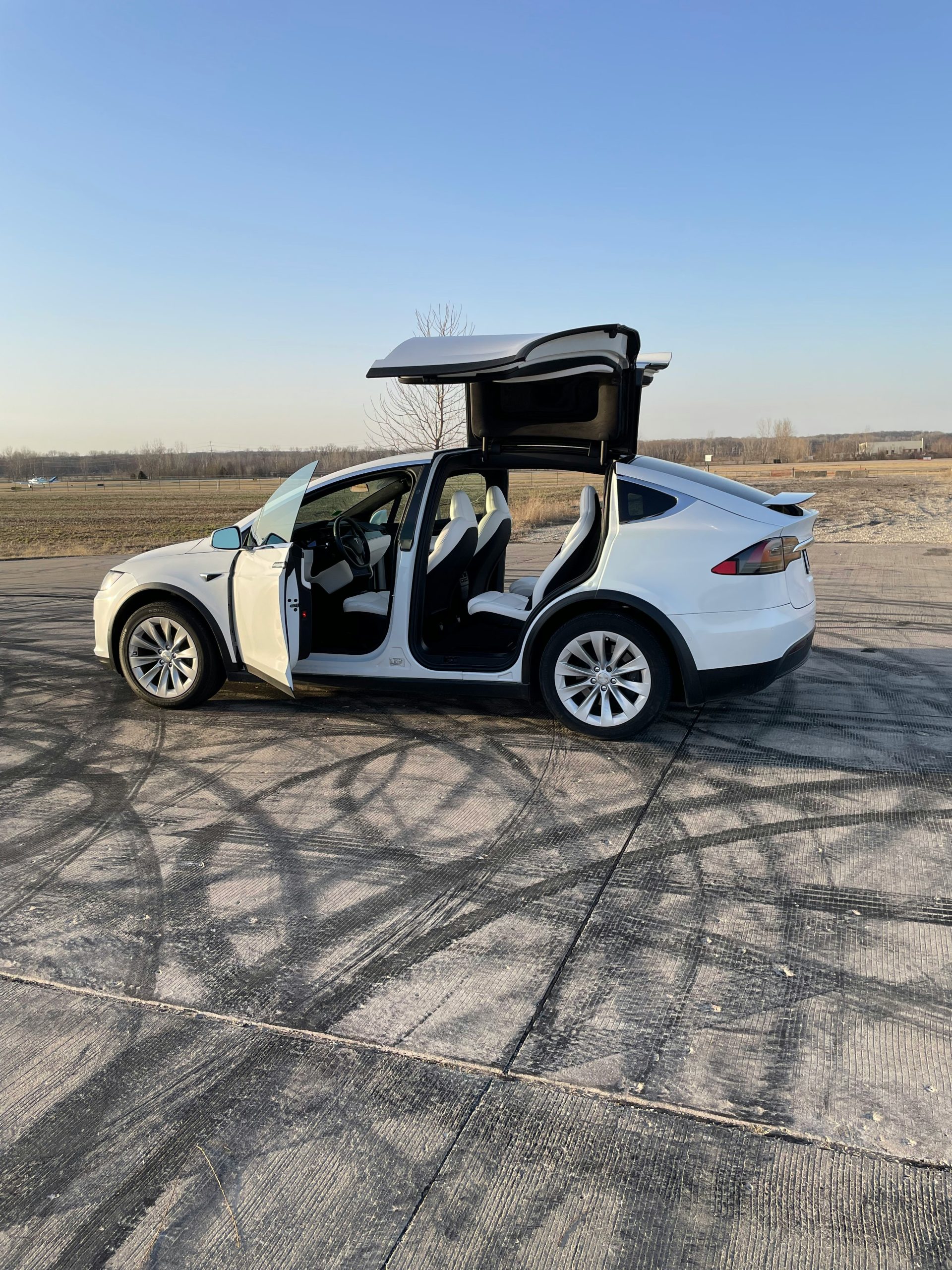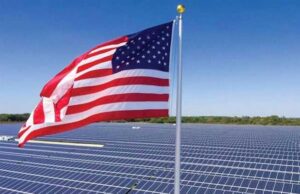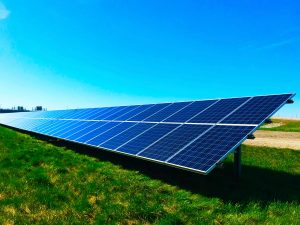Many homeowners today are looking at solar energy. The two most used options are the Tesla Solar Roof vs solar panels. They both save money on power bills and have less dependence on the grid.
The Tesla Solar Roof is made to resemble ordinary roofing shingles. It also produces clean energy while giving a sleek style to the home. However, regular solar panels are more common and usually cost less. They are installed over an existing roof and are reputed to be solid performers.
The choice between these two has to be made based on the budget and the design requirement, and long-term objectives. In this 2025 cost comparison, we will explain the main differences between the options.
Details on Tesla Solar Roof

The Tesla Solar Roof is a special product in the solar industry. It is photovoltaic integrated within a building (BIPV), which integrates roof shingles and solar power technology. Tesla, the famous company with electric cars, forayed into the solar market with the acquisition of SolarCity in 2016.
The Solar Roof consists of glass solar tiles and steel roofing tiles, and leaves homes with a clean and modern appearance. In 2017, Tesla launched the Solar Roof, which has captured the attention of homeowners who prefer not to install solar panels that are too large to be seen.
By 2022, Tesla had recorded an increase in the number of solar installations, but some projects were also canceled in recent times as Tesla focused on bigger projects. The Solar Roof and solar panels are still sold by Tesla on its webpage.
Whether you choose traditional panels or another option, a quality installer is key. We are certified experts in residential solar installation services and can help you find the perfect solution.
Location is one of the factors that affect availability, and Tesla Solar Roof vs solar panels in 2025 are some of the options available to most homeowners.
How Much Does The Tesla Solar Roof Cost in 2025?
In 2025, an average Tesla Solar Roof costs approximately $106,000 without incentives. It is approximately $15 per watt of solar power or $63 per square foot of roof area. The expense covers solar and non-solar tiles and installation.
One should keep in mind that the Tesla Solar Roof is not only a solar system. It also substitutes your whole roof. That is the price of ripping off your old roof and replacing it with a new one.
The Tesla Powerwall is also an optional addition for many homeowners who store energy in it. Prices will be finalized based on the size of your roof, design, and the amount of energy that your home requires. Roofs that are bigger and complicated are generally more expensive.
Estimated costs of various sizes of the Tesla Solar Roof system will be available below to help in comparison in 2025.
| Tesla Solar Roof Size | Tesla Solar Roof cost |
| 4 kW | $64,000 |
| 6 kW | $96,000 |
| 8 kW | $128,000 |
| 10 kW | $160,000 |
| 12 kW | $192,000 |
| 14 kW | $224,000 |
Tesla Solar Roof Pros & Cons
| Pros | Cons |
| Sleek design that looks like regular shingles | Very high upfront cost compared to solar panels |
| Acts as both a roof and a solar system | Limited availability in some areas |
| Durable tempered glass and steel tiles | Long installation timelines |
| Can pair with Tesla Powerwall for storage | Not cost-effective for every homeowner |
| Reduces monthly electricity bills | Roof replacement is required even if the current roof is new |
| Backed by Tesla’s warranty on tiles and energy output | Higher maintenance and repair costs than standard panels |
| Monitored through the Tesla mobile app for easy tracking | Efficiency may be lower than premium solar panels |
How to Determine the Tesla Solar Roof Cost?
The price of a Tesla Solar Roof depends on two main things. The first is the equipment used in the project. The second is the difficulty of the roof installation. Larger and more complex roofs usually cost more.
Tesla Solar Roof Equipment Costs
A Tesla Solar Roof has four main parts:
- Energy-producing tiles
- Non-energy-producing tiles
- Tesla Solar Inverter
Tesla Powerwall Battery
The system uses both active and inactive tiles. It means not every shingle produces energy. Because of this, the total cost can change based on roof size and design. A small, simple roof will cost less than a large or steep one.
Energy-Producing Tiles
Such tiles are composed of tempered hard glass. They appear to be ordinary shingles, yet they perform the function of the solar panels. They convert the sunshine to domestic electricity. Also, they cost more to install than inactive tiles. The average price is about $1.80 per watt.
Non-Energy-Producing Tiles
Inactive tiles are also part of the roof. They are made from steel and look the same as the active solar tiles. It creates a uniform appearance across the roof. Their cost is between $15.30 and $21.27 per square foot.
Tesla Solar Inverter
Every solar roof needs an inverter. This device changes direct current (DC) energy into alternating current (AC) energy. AC energy is what powers a home. Tesla offers two inverter sizes, 3.8 kW and 7.6 kW. The inverter includes safety features like rapid shutdown, arc fault protection, and ground fault protection.
Tesla Powerwall
Tesla Powerwall is optional, and it is usually a part of a sunroof. One Powerwall retails at $10,600 to 12850, and installation expenses of approximately $4000. It accumulates additional solar energy, which is used at night or during a power outage. It is a favorite attribute among many homeowners as it offers security and helps them to be less dependent on the grid.
Overall Pricing
The total cost of a Tesla Solar Roof is a combination of these equipment prices and installation costs. The size, slope, and design of the roof matter a lot. That is why the Tesla Solar cost can be dramatically different from one house to another.
Details on Traditional Solar Panels
The most widespread form of solar technology is the traditional solar panels these days. They consist of crystalline silicon cells, which transform sunlight into electricity. They are monocrystalline and poly-crystalline. Such panels are stiff and are mostly mounted on the roof or in bigger solar installations.
The conventional solar panels are characteristic by high efficiency and durability. Most systems have a life span of 25 years or higher when well maintained. They cannot bend like the thin-film panels, and they look erect and rectangular in shape on the rooftops. They might not melt into the design of a house, yet they are economical, tested, and trustworthy in residential and commercial applications.
Pros and Cons of Solar Panels
| Pros | Cons |
| Lower upfront cost compared to Tesla Solar Roof | Visible panels may affect home design |
| Widely available from many installers | Require enough roof space for installation |
| Proven technology with high efficiency | Performance depends on roof angle and shading |
| Long lifespan, often 25+ years | May need roof repairs before installation |
| Can reduce or eliminate electricity bills | Energy storage with batteries adds extra cost |
| Easier to install than Solar Roof | Efficiency drops over time |
| Many financing and incentive options | Less durable than Tesla’s tempered glass tiles |
Tesla Solar Roof vs. Traditional Solar Panels
In 2025, the Tesla Solar Roof will be priced at approximately $15/watt, whereas the solar panels of the time will be at just $3/watt on average. The price gap is large, but both options deliver clean energy. Let’s look at the main differences between a Tesla Solar Roof and standard solar panels.
- Cost
A Tesla Solar Roof is much more expensive than standard solar panels. In fact, it costs almost five times more. The difference is that Tesla’s price includes a full roof replacement, so a fair comparison must look at both solar and roofing costs together.
An average Tesla Solar Roof costs about $106,000 in 2025. By comparison, installing traditional solar panels along with a new roof costs just over $40,000. Even when roof replacement is included, the Tesla Solar Roof is still around 90% higher in cost.
We also compared the cost of premium copper roofing plus solar panels. Tesla’s Solar Roof still came out about $7,000 higher, making it one of the most expensive options.
Winner: Solar Panels
- Performance
The performance of a Tesla Solar Roof is often lower than traditional solar panels. It is because solar roof vs shingles must sit flat on the roof and match its angle. Many roofs are not positioned for maximum sunlight, which reduces the overall electricity production of the shingles.
Traditional solar panels perform better because they are installed on racking systems. The panels can be tilted to face the sun directly by installers, and this makes them more efficient. The airflow also cools the panels and therefore generates more power during the day.
Such an arrangement makes solar panels more efficient in producing power than the Tesla Solar Roof. The table below shows energy production for different system sizes.
| System Size | Average Annual Solar Roof Energy Production | Average Annual Solar Panel Production |
| 4.54 kW | 4,850 kWh | 5,836 kWh |
| 6.62 kW | 7,070 kWh | 8,509 kWh |
| 7.78 kW | 8,310 kWh | 10,000 kWh |
| 8.64 kW | 9,228 kWh | 11,106 kWh |
| 9.79 kW | 10,456 kWh | 12,584 kWh |
| 11.88 kW | 12,688 kWh | 15,270 kWh |
Winner: Solar Panels
- Savings
A typical Tesla Solar Roof will end up saving approximately $90 every month in electricity costs. It is a saving of approximately $35600 over its life. Location, sunlight, utility rates, and policies on net metering determine the real performance. The panels are more affordable because a comparable solar panel system will save approximately $106 monthly.
The problem with the Tesla Solar Roof is the high upfront cost. Even after 25 years, the savings cover only about one-third of the total system price. It means most homeowners will not see a full return on investment.
Traditional solar panels pay for themselves in about 12 years. After that, they provide many years of free electricity, which makes them a stronger financial choice.
Winner: Solar Panels
- Aesthetics
The Tesla Solar Roof stands out when it comes to appearance. It is constructed to resemble the appearance of a standard roof, the solar and non-solar shingles being made to resemble one another. The tiles integrate to such an extent that the distinction is almost impossible to notice. It provides homeowners with clean energy without loss of curb appeal.
Conventional solar panels, on the other hand, are placed on the roof. They are bigger, darker, and more noticeable. Although the appearance is not a big deal to most individuals, panels do not blend with shingles like the System of Tesla Solar Roof.
Winner: Tesla Solar Roof
Conclusion
Both are good options for energy and money saving. The optimal option is determined by budget, fashion sense, and energy objectives. The Tesla Solar Roof has a smooth and built-in appearance that perfectly matches your house. It suits best the homeowners who appreciate the looks and prefer a high-quality product.
Conventional solar panels still are the most widespread option since they are cheaper and provide excellent performance. Panels represent an optimal investment for many households. It all boils down to weighing the appearance, expenditure, and energy savings in the long run. Choose wisely.
FAQs
Is the Tesla Solar Roof better than solar panels?
Most homeowners should use solar panels instead of using the Tesla Solar Roof, since solar panels will give you a greater payoff, it will yield greater lifetime solar returns, and be much cheaper. Nevertheless, it can be a consideration for those who have the budget to afford a luxury roof.
Does a Tesla Solar Roof need a replacement roof?
Yes, Tesla Solar Roof will need a new roof so that the shingles of your roof would all be the same.
What is the time that a Solar Roof Installation will take?
Depending on the complexity of the design, Tesla Solar Roof can be installed within a maximum of two weeks. The permitting and design process can, however, be more time-consuming than a standard solar install.



